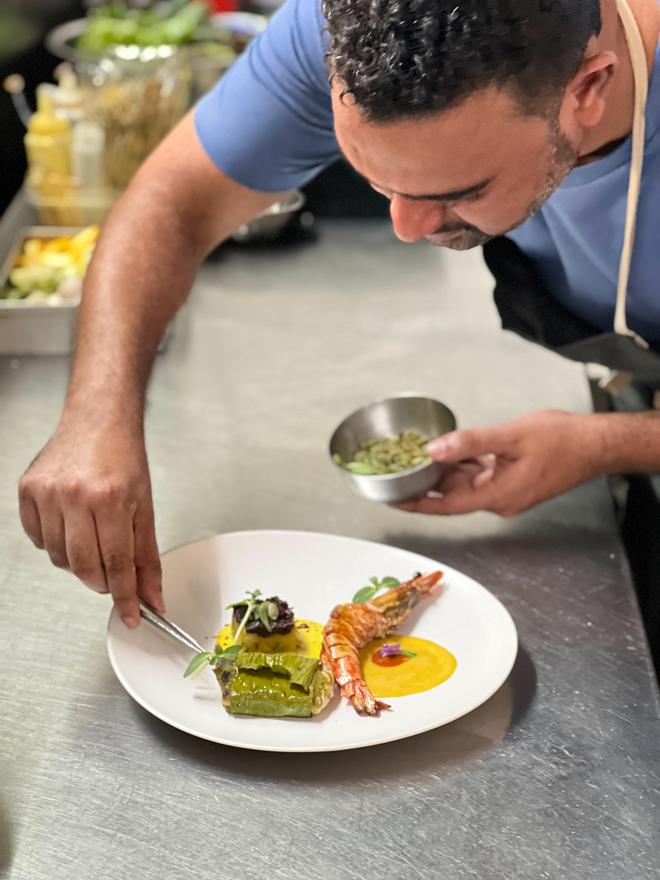
In the world of food and dining, some movements are more gradual than others. For years, eating out in India has been moving slowly but surely from indulgent excesses to holistic, healthier menus.
Trends have come and gone in quick succession, some short-lived, others set to last. From veganism to locally-sourced produce, many aspects of conscious eating are now a highlight of luxury dining. No longer limited to a niche segment of customers, these dishes are finally being treated as an equal source of creativity by chefs, as diners warm up to the idea that healthy eating can be fun.
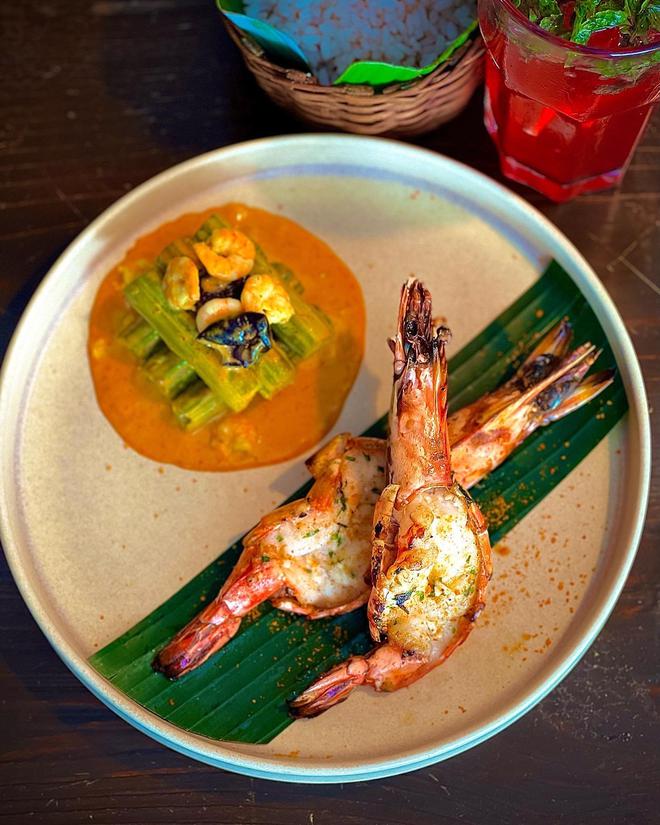
Curry leaf in my cocktail
Leela Hotels recently launched its Aujasya wellness menu across the country as an effort to be more holistic in its services. At Spectra in The Leela Palace Chennai, Quattro in The Leela Bhartiya City Bengaluru, and the luxury hotel’s other flagship restaurants across the country, local whole grains and lean proteins find their way into global dishes, rich feasts are balanced out with lighter options, and guests with alternative diets or lifestyles do not have to reach for a separate menu anymore, instead finding comfortable space within the mainstream.
It is not only the food that takes its cue from local produce and palates, but the cocktails as well. For instance, the Namma Madras cocktail at Leela Palace Chennai, is sharp and heady with spice-infused rum. The kick of the rum, infused with cumin, local green chillies and curry leaf infused for three days, is balanced out with coconut water and some sugar, as well as lime for a soothing balance.
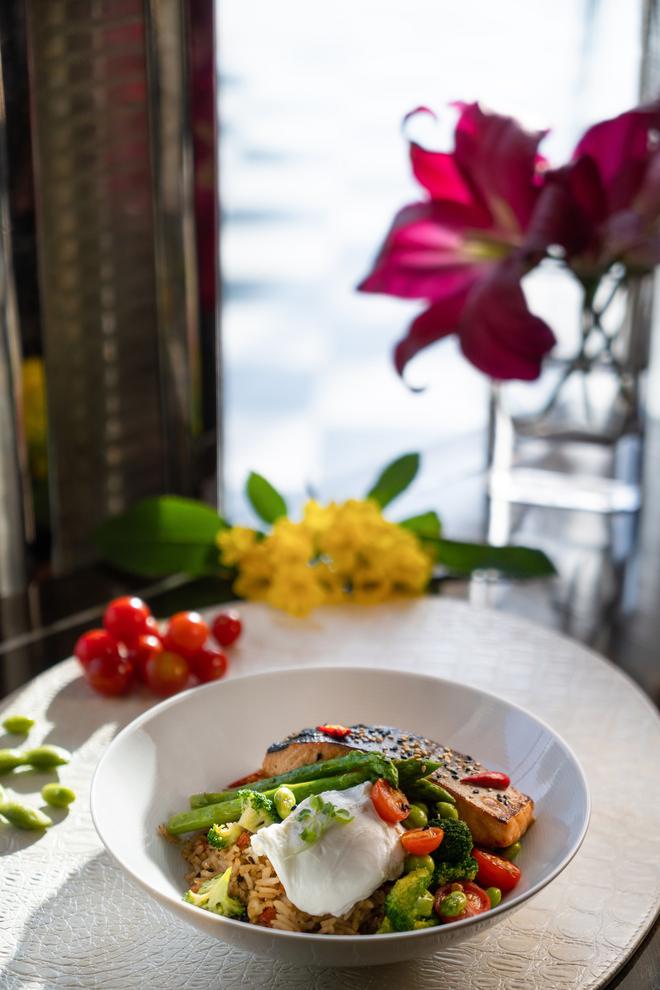
These tweaks are not made lightly. Take for instance, a spinach and sundried tomato millet risotto. It replaces the traditional main ingredient Arborio rice with millets, that elevate the dish with their texture instead of acting as a passive “swap”. Executive Chef Anshuman Bali states that the chain’s chefs from across India, while finalising the menu at a joint camp in Delhi, deliberately chose not to choose local red or brown rice. “While some local rice varieties are healthier when compared to polished or white rice, millets are healthier still and work as a diabetes-friendly ingredient. These were chosen for their iron content, and we have designed this dish to be gluten-free.” Served with a choice of roasted chicken or roasted broccoli, this is one of the main course dishes designed to tempt regular diners as much as health-focussed ones.
A la carte additions of 40-odd items spread across the Leela’s various menus — breakfast, appetiser, main courses and room service — include everything from ragi millet paniyaram to scrambled tofu served atop rye bread and quinoa biryani.
Simple snacking
Laudable innovations aside, sometimes the shift towards healthy eating out can be straightforward. The Park group of hotels, for instance, has been making the shift gradually, and currently has 20% of their menus in various cities dedicated to frill-free healthy eating. In Navi Mumbai, walk-in and in-house diners have made the tandoor-made soy chap and simple Greek salad popular. The Park in New Delhi sees healthy ordering surge during lunchtime and the evenings, with Buddha bowls and a puffed quinoa salad among its oft-ordered items.
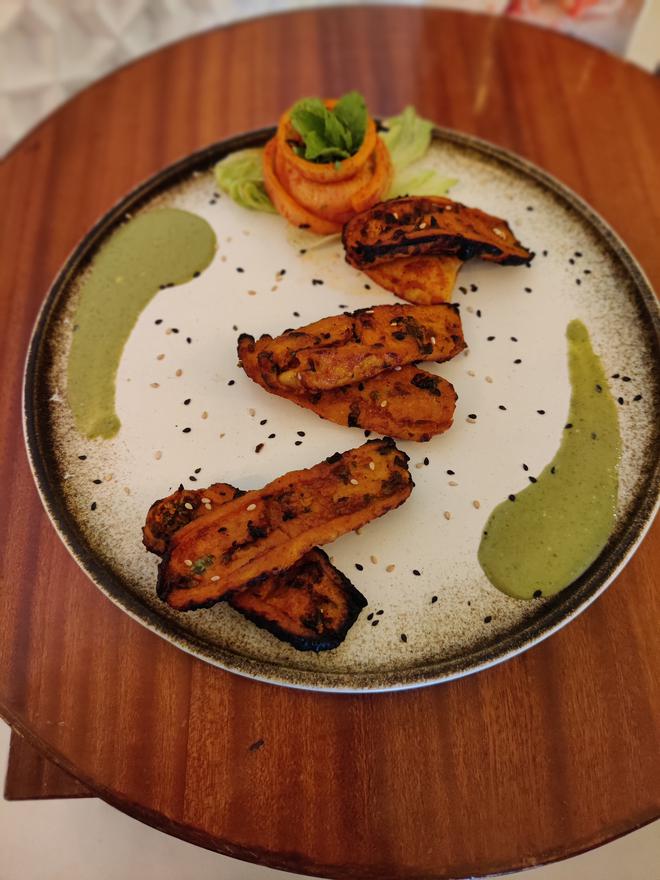
At The Park Chennai, executive Chef Ashutosh Nerlekar speaks of his foxtail millet Greek salad: earthy ‘thinnai’ millets, chickpeas, English cucumber, tomatoes, bell peppers, black olives, roasted walnuts, creamy feta cheese and a lemon chilli vinaigrette. Says the chef, “We sell an average of 25-30 portions each week. This particular salad appeals not just to those who are calorie conscious but even those who’d love a nutrition packed salad meal.”
A dash of provenance
Standalone restaurants have also been tweaking menus to suit the rise in health-conscious diners. In 2021, the exclusive members-only lifestyle club Quorum opened its Cafe Reed out to the public in Mumbai, giving walk-in diners a taste of quinoa pancakes and smoked salmon bagel with spiced avocado, besides heartier tawa parathas. A year earlier, when Auroville’s Bread & Chocolate came to Chennai, baker Daniel Troulson and chocolatier Fabien Bontems’ insistence on local produce and holistic preparations besides buttery croissants gave it instant popularity among the city’s younger set, especially those with dietary restrictions since the menu caters to gluten-free, vegan diners.
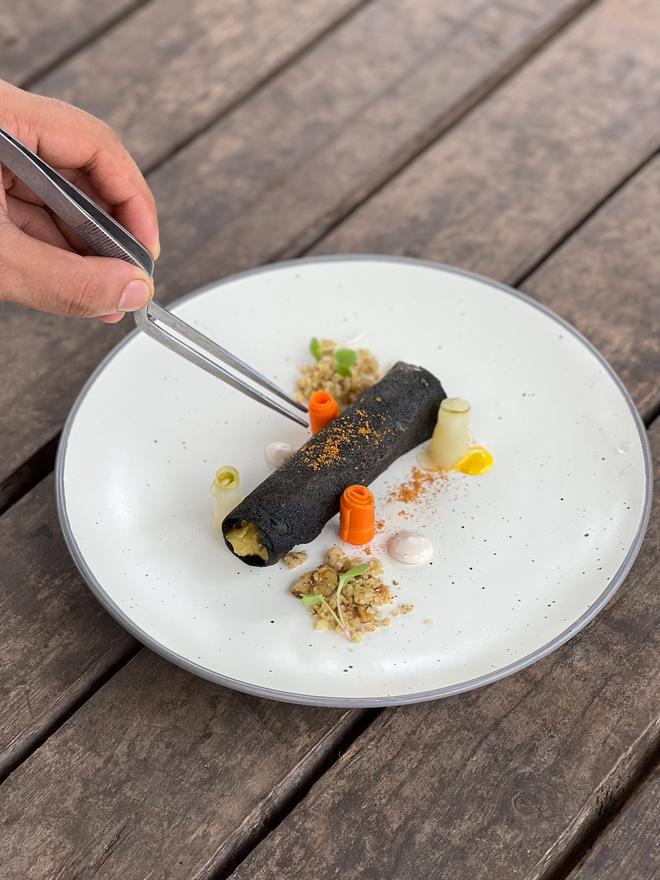
Meanwhile in Goa, Chef Avinash Martins celebrates the State through reimagined local food at Cavatina. “The flavours are familiar, but the permutations and combinations are very unique,” he states, adding as an example, “Take a lal math (red amaranthus) or tambdi bhaji as we call it in Goa: it is one of the most underrated foods. It is grown abundantly there and is highly nutritious, but nobody likes it — it has an iron-rich taste, like spinach. I slow cook it with a bit of white wine and onions, and mix it with cashew butter. Then we parcel it into a filo pastry triangle, and this dish acts as great vegetable tapas. It’s vegan, nutritious and local.”
Martins adds, “It is important for me to balance flavours and textures out. As a chef, that is where my creativity comes into play. There is another dish called nest in the woods: potato rosti nests with pulled chicken cafreal and a quail egg inside them.” These are balanced artistically on cleaned, salvaged driftwood to give the impression of birds’ nests in Nature.
Just for Goans
The rest of India was an afterthought for Martins. “On the drawing board, I designed it all [the restaurant] for Goans. Because a Goan would experience and understand these better than anyone else. For a tourist or a visitor, it is all something new. Fortunately, we have been seeing a mix of Goan diners as well as travellers — and travellers who come to the southern part of Goa, where Cavatina is, are not backpackers or party-goers. They have come to experience local food. So we have a refined clientele,” he says.
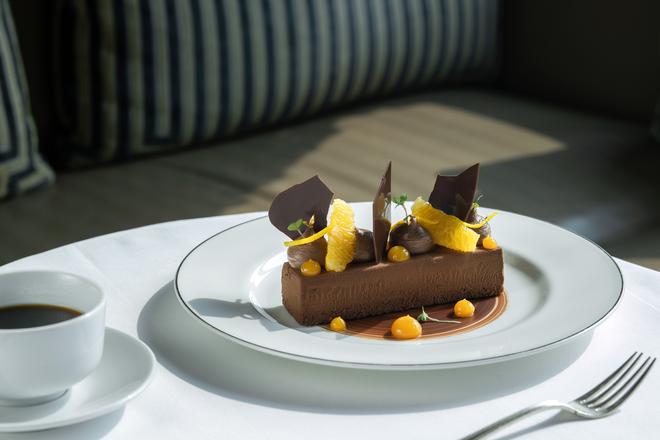
Sweetness of home
Unsurprisingly, it is in desserts that Indian provenance is at its guilt-free best. With traditional sweeteners like jaggery and coconut abound, it is easy for chefs to put refined sugar in the backseat and get creative. Some menus keep it traditional, like Aujasya that boasts a payasam made with millets. Others are more playful, like Cavatina that highlights local honey foraged by Goa’s tribals, in its raw honey flan.
Chef Martins makes a coconut jaggery cheesecake that, like many other dishes across the country, takes a global favourite and gives it a touch of home, resulting in a boost to both flavour and health.







